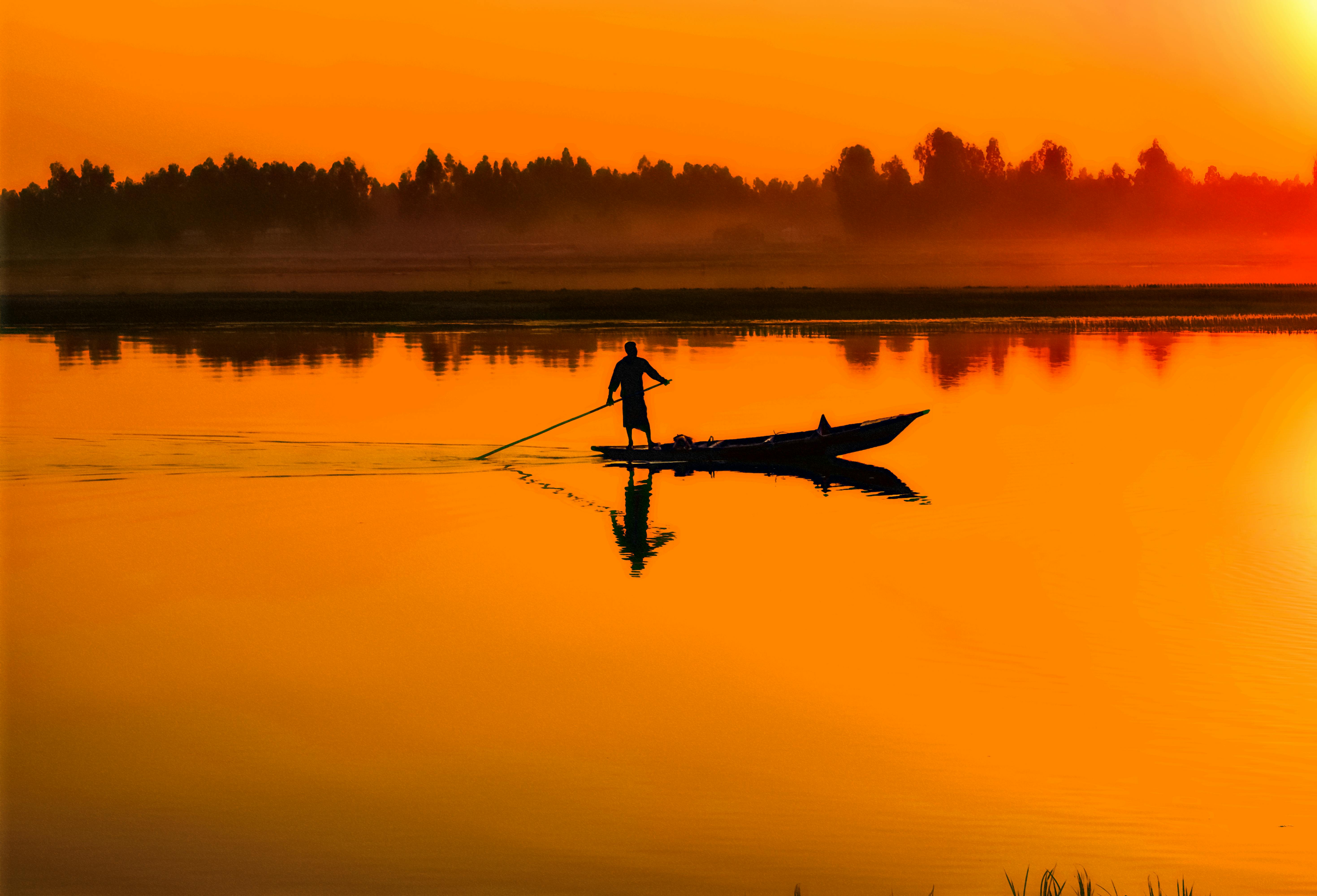The Ngorongoro Conservation Area in Tanzania

The Ngorongoro crater is located 180 kilometers west of the city of Arusha in Tanzania. This conservation area lies on the floor of the Great Rift Valley. Ngorongoro is a Maasai word given to warriors who went to the highlands to fight their enemies. The Ngorongoro and its surroundings were declared a World Heritage Site by UNESCO in 1979. The conservation area covers an area of 8,288 square kilometers. It is a huge area that includes the Olduvai Gorge, Ngorongoro Crater, highland plains, forests, scrublands, and scrublands.
This area was conserved to protect animals and vegetation. In this area the discovery of the first human fossils was made by Dr. Leakey. According to the fossils discovered by Leakey, primitive man lived in this area 3 million years ago. Several people have lived in this area. Hunters were the first to settle here, followed by herders. Later, the Mbulu people arrived in the area followed by the Datoonga community. Both groups were evicted by the Masai people after a long battle. Today, the Maasai community are neighbors and the only people who graze their cattle in this area.
The Ngorongoro crater (volcanic caldera) was formed after a huge volcano exploded and collapsed on its own about 3 million years ago. The crater, which covers an area of 260 square kilometers, is 610 meters deep. It is believed to have been larger than Mount Kilimanjaro before it collapsed.
The Ngorongoro Crater is the best place to see wildlife in all of Tanzania. The swamps, marshes and Lake Magadi (alkaline lake), including the surrounding forest, are the ideal home for some 40,000 wild animals. This includes; lots of wildebeest, zebra, Thomson gazelle, elephant, hippo, lion, buffalo and jackal. This is an excellent place to view the rare black rhino.
This is also a paradise for bird watchers, especially around the swamps and Lake Magadi. Bird species commonly seen here include vultures, geese, ostrich, crowned cranes, herons, flamingos, eagles, secretary birds, and kori bustards.
There are several springs that flow into Lake Magadi during the rainy season such as Ngoitokitok, Munge and Lerai stream. The streams are a good source of water for wild animals, livestock and Masai communities as well. Wild animals stay in the crater during the rainy season. In the dry season when there is less grass, they move out of the crater in search of greener pastures.
During the rainy season, the western Ngorongoro plains provide suitable grass for the wildebeest migration in the Serengeti. The conservation area is also home to some 62,000 people, the majority being the Maasai community. After conserving the Ngorongoro area, the government has tried to balance the livelihood of the local people. This has been achieved by employing local people and allowing them to graze their cattle. The government has also started projects such as schools, health centers and road construction.
The discovery of fossils by Leakey is clear evidence that this area is the oldest hominin home site in the world. The main attraction here includes the crater, wildlife, Oldivai Gorge and the beautiful highlands. Some of the activities include wildlife watching, hiking, and photography. You can also visit the Masai communities where you will be entertained with dance, music and stories while learning about their cultures.